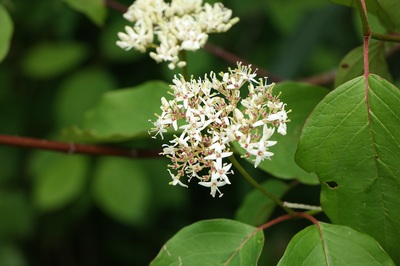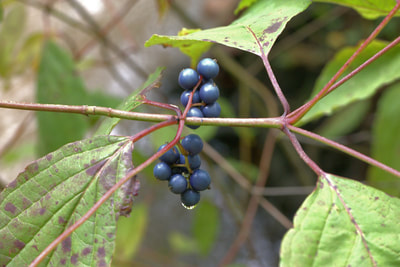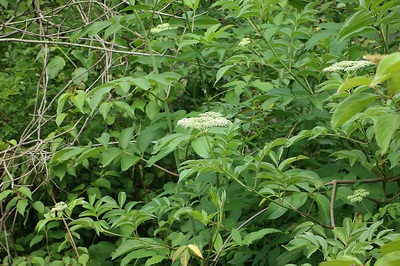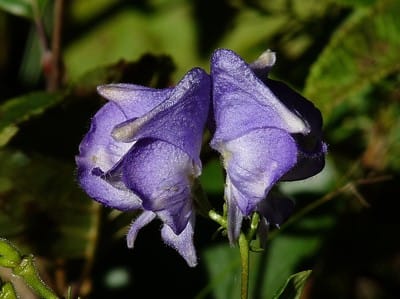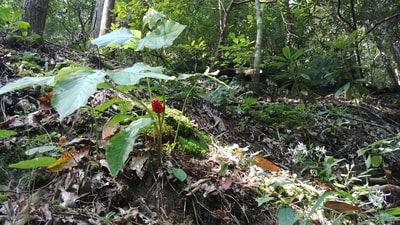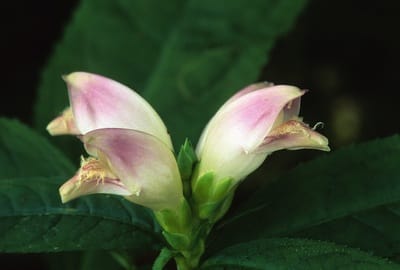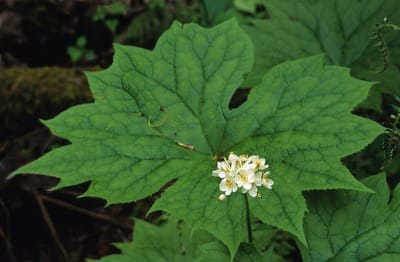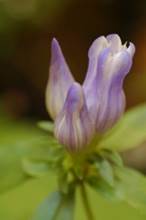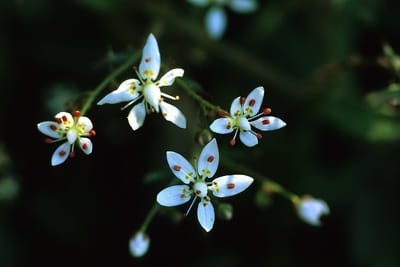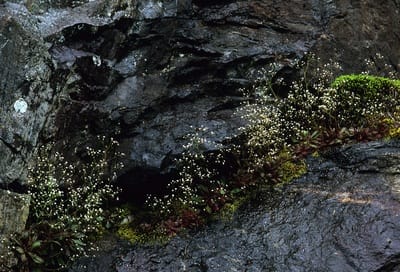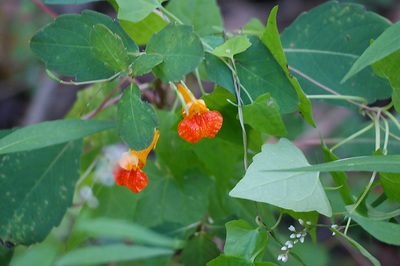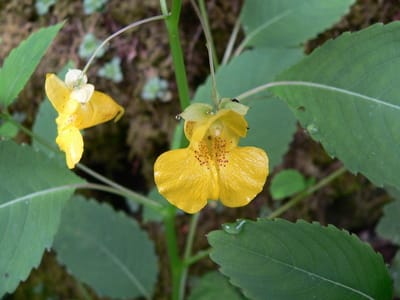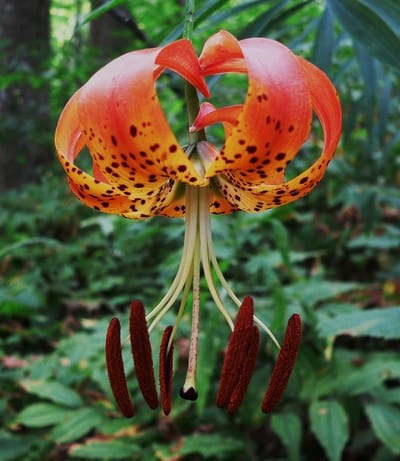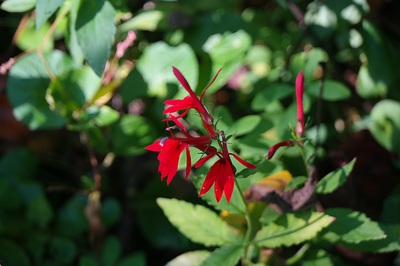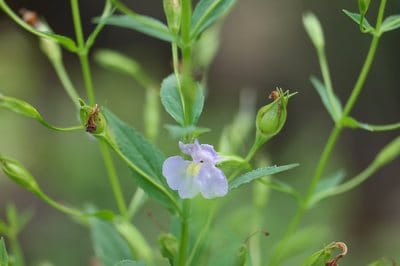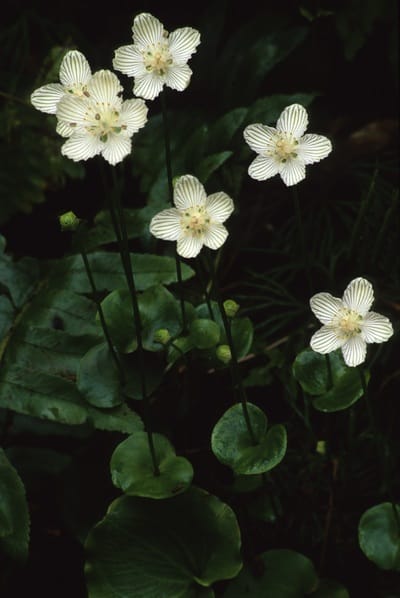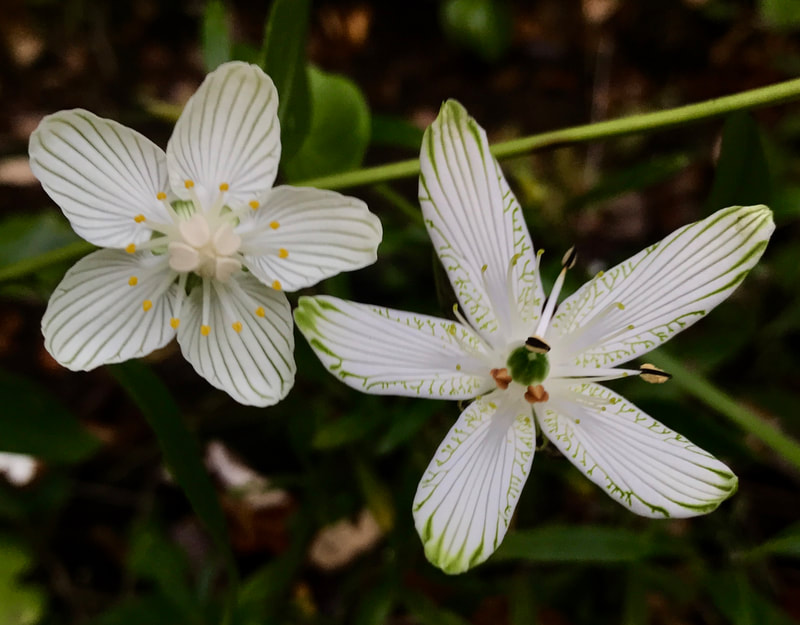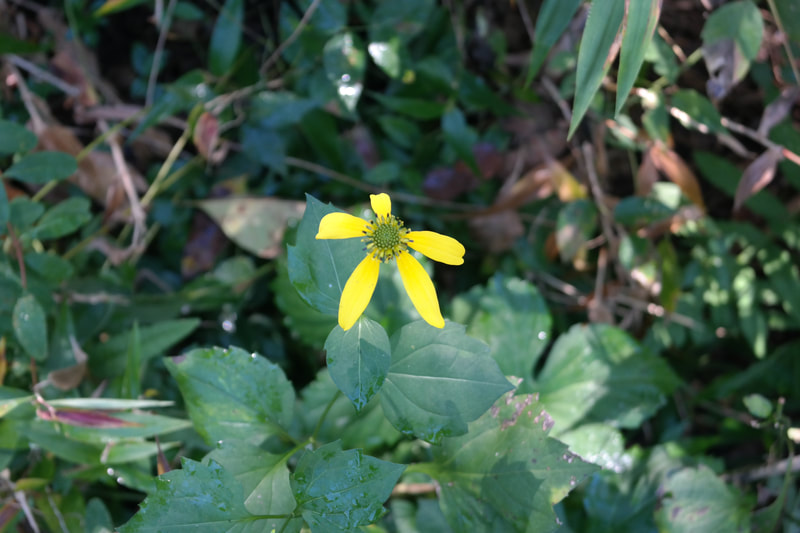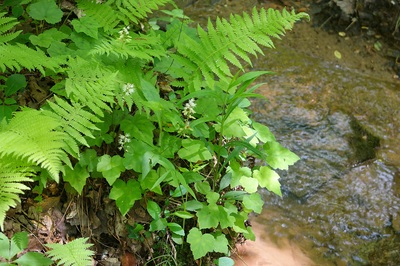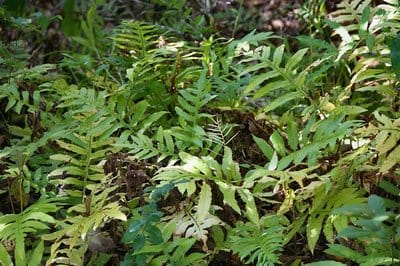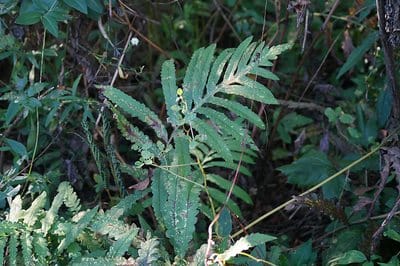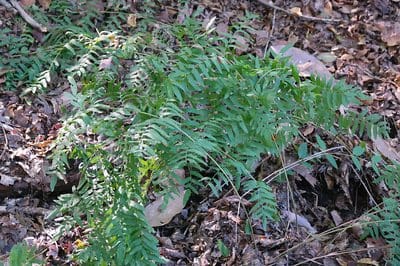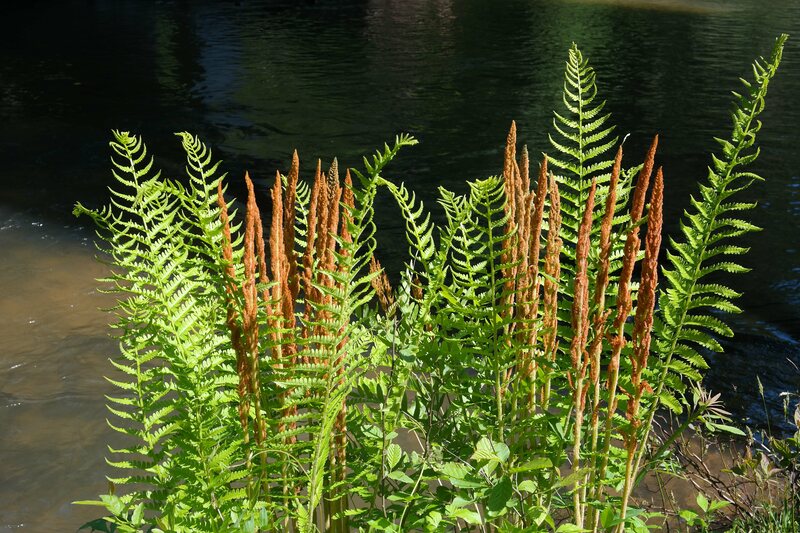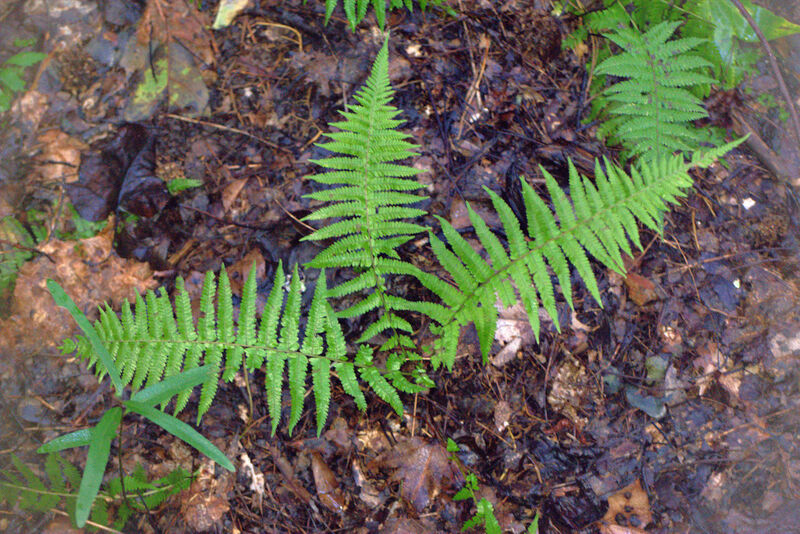Blue Ridge Seepage WetlandsSeepage wetlands develop where water is slowly, sometimes imperceptibly, moving downhill at or near the surface, causing saturated soils. Seepage occurs at streamheads, in channels within floodplains, on stream edges, at the base of slopes, and in rocky areas where joints in the rock channel water to the surface. Herbaceous (non-woody) plants dominate, with a few shrubs. Trees tend to root around, rather than in, the seepage.
|
|
Indicator species: jewelweed, cinnamon fern, royal fern, cut-leaf coneflower, netted chain fern, and sensitive fern.
What's special: seepage wetlands add diversity to the landscape by encouraging a new suite of plant species, which in turn attract a diversity of fauna. They are important amphibian habitat.
Related communities: Often embedded within and intergrade with bottomlands and cliffs, and rock outcrops.
What's special: seepage wetlands add diversity to the landscape by encouraging a new suite of plant species, which in turn attract a diversity of fauna. They are important amphibian habitat.
Related communities: Often embedded within and intergrade with bottomlands and cliffs, and rock outcrops.
|
Plants Click on a plant name to see images. The plant lists are in alphabetical order by scientific name. Shrubs Tag alder Alnus serrulata Silky dogwood/Swamp dogwood Cornus amomum Virginia willow/sweetspire Itea virginica Common elderberry Sambucus canadensis American snowbell Styrax americanus Southern wild raisin Viburnum nudum Ground Layer Wildflowers Eastern blue monkshead Aconitum uncinatum False-nettle Boehmeria cylindrica Roundleaf sundew Drosera rotundifolia Monkshead Aconitum uncinatum Jack-in-the-pulpit Arisaema triphyllum White turtlehead Chelone glabra Water hemlock Cicuta maculata Umbrella-leaf Diphylleia cymosa Roundleaf sundew Drosera rotundifolia Hollow-stem Joe-pye-weed Eutrochium fistulosum Soapwort gentian Gentiana saponaria Thyme-leaf bluet Houstonia serpyllifolia Cliff/Michaux's saxifrage Hydatica petiolaris Orange jewelweed Impatiens capensis Yellow jewelweed Impatiens pallida Turk's-cap lily Lilium superbum Cardinal flower Lobelia cardinalis Virginia bugleweed Lycopus virginicus Branch lettuce Micranthes micranthidifolia Winged monkeyflower Mimulus alatus Allegheny monkeyflower Mimulus ringens Bee-balm Monarda didyma Cowbane Oxypolis rigidior Golden ragwort Packera aurea Kidney-leaf grass-of-Parnassus Parnassia asarifolia Bigleaf grass-of-Parnassus Parnassia grandifolia Cutleaf coneflower Rudbeckia laciniata Small green woodland orchid Platanthera clavellata Lizard's-tail Saururus cernuus Roughleaf goldenrod Solidago patula Oval ladies'-tresses Spiranthes ovalis Purple swamp aster Symphyotrichum puniceum Lady-rue Thalictrum clavatum Mountain foamflower Tiarella cordifolia Common foamflower Tiarella wherryi Tassel-rue Trautvetteria caroliniensis White-hellebore Veratrum viride Blue marsh violet Viola cucullata Ferns Netted chain fern Lorinseria areolata/Woodwardia areolata Sensitive fern/Bead fern Onoclea sensibilis Royal fern Osmunda spectabilis Cinnamon fern Osmundastrum cinnamomeum New York fern Thelypteris noveboracensis |
Representative Wildflowers in order by scientific nameRepresentative Ferns, in order by scientific name
|


